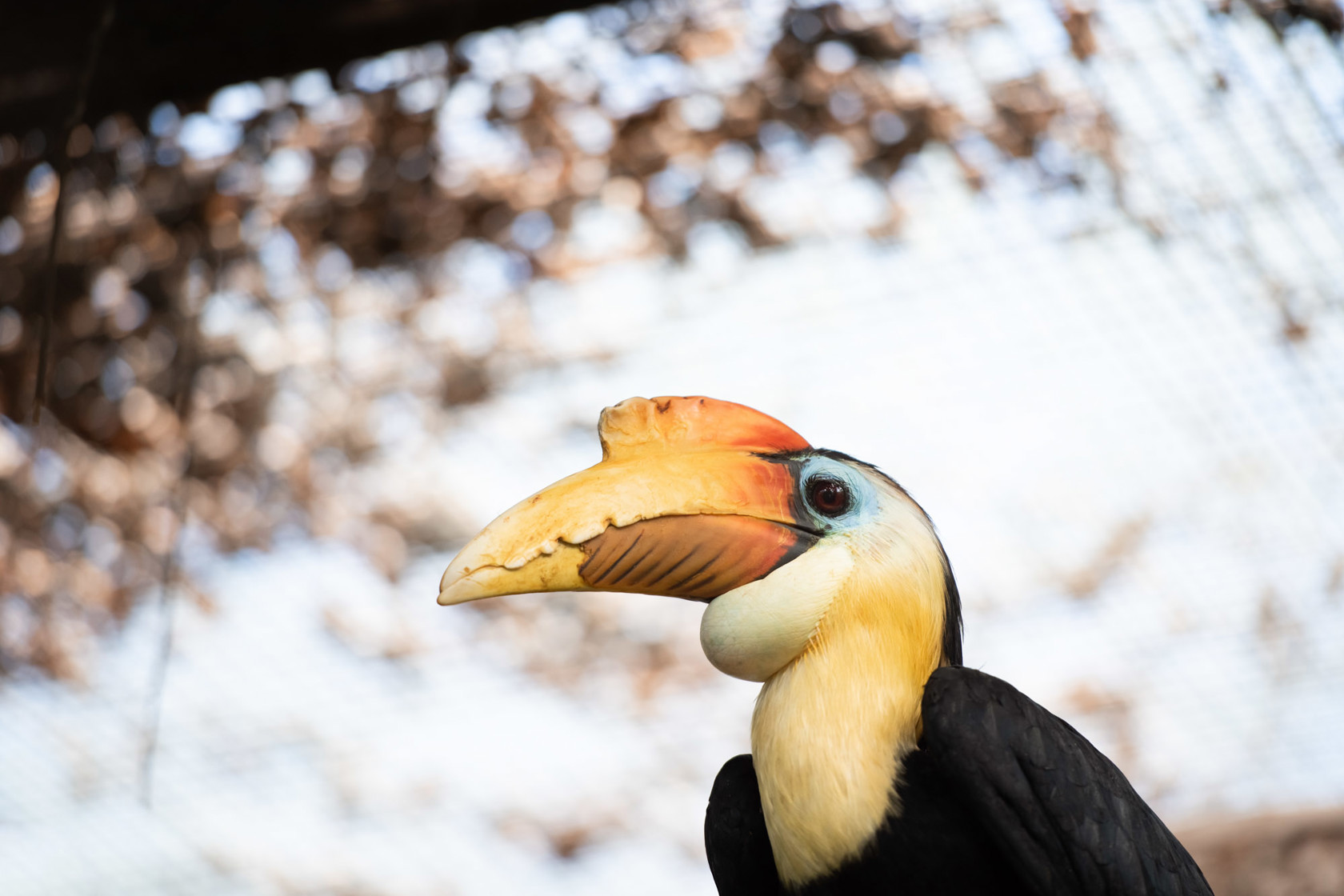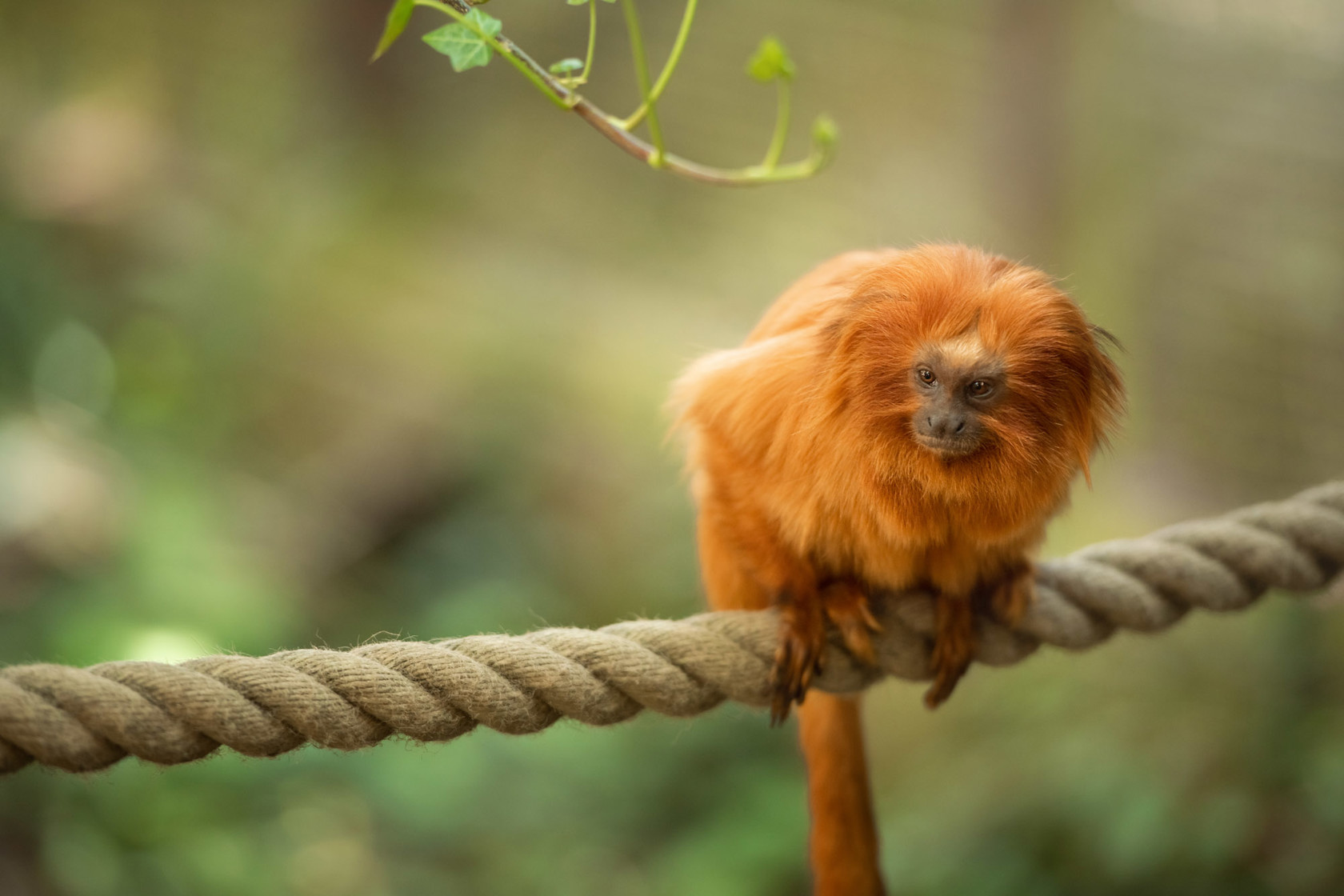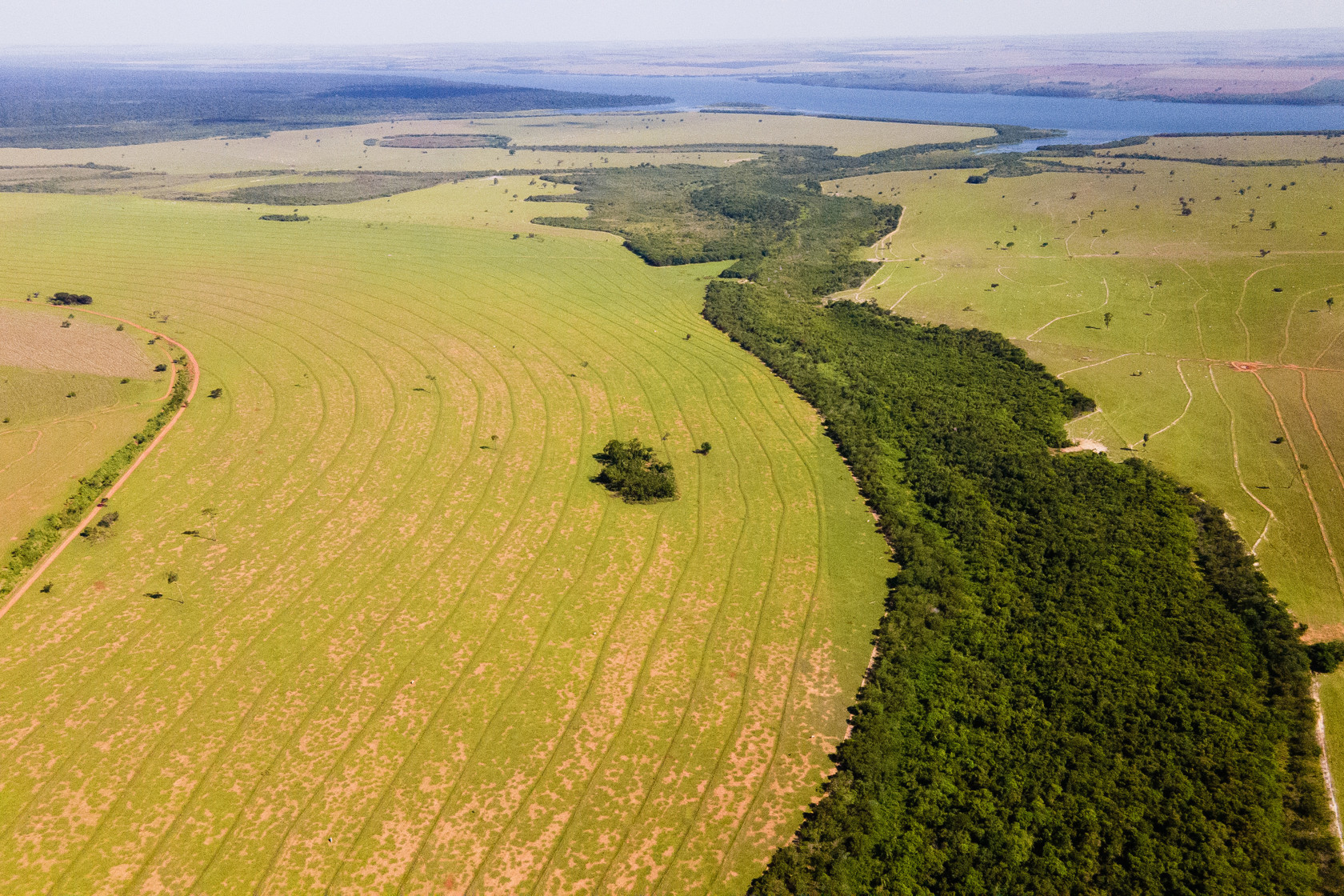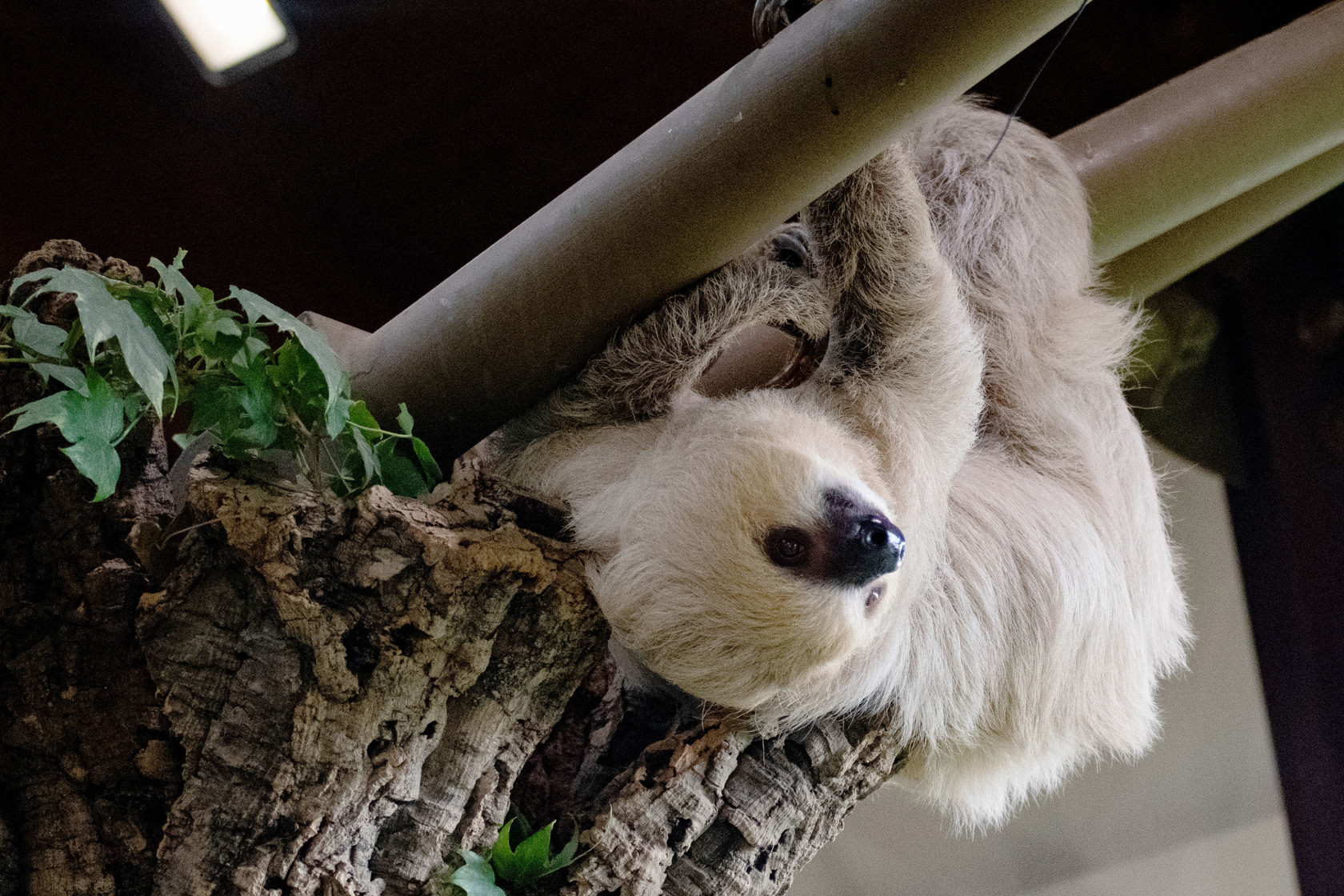Understanding barriers to holding globally threatened amphibians in zoos
New research out this week co-authored by Durrell’s Rich Young, Matt Goetz and Jeff Dawson, indicates that a lack of resources is the major barrier faced by zoological institutions to keeping globally threatened amphibian species. This news comes from what we believe to be the first global survey of amphibian curators and collection managers to shed light on the most significant barriers to zoos holding globally threatened amphibians (GTAs).
Why is this important??
Amphibians are some of the most diverse, unique and fascinating animals on the planet yet unfortunately, they are also the most threatened vertebrate group in the world, with over 40% of all known species in danger of extinction. This global amphibian crisis and current un-mitigatable threats (for example, chytridiomycosis) make ex situ* programmes a vital component for the conservation of many amphibian species. For example, genetically viable populations can be maintained while threats are either better understood or mitigated in the wild. Zoos are some of the most important and influential groups of institutions to tackle this, yet amphibians remain poorly represented in them. As of 2014, the proportion of GTAs in zoos was just 23.9% (whereas 40% of amphibians are threatened in the wild), and only 8.5% of species identified as ex-situ priorities by Amphibian Ark are currently held in zoos.
If zoos are to reach their full conservation potential (e.g. through conservation focussed research, breeding, education and training), and the role of ex situ collections in amphibian conservation is to be increased, the reasons for this underrepresentation of GTAs in zoo collections need to be identified so that they can be addressed.
What did the study show? A lack of resources (including budget, staffing and space) was perceived by zoo curators as the most significant barrier to keeping amphibians and the barrier most frequently identified. Biosecurity concerns and a lack of staff knowledge or expertise were the two other most important barriers mentioned.
Addressing these barriers must be done at various levels – from the zoo institutional level through to regional and global associations. Increasing management interest and awareness - which was identified as a potential solution by over 50% of respondents - to incentivise increased levels of investment in amphibian ex-situ programmes appears key.
Careful collection planning was also shown to be beneficial with the proportion of GTAs held in zoos with an institutional collection plan including amphibians significantly higher than those without ((25.8% vs 12.4%). Furthermore, respondents from zoos with an exclusive amphibian collection plan were less likely to state lack of staff knowledge as a barrier, perhaps because the collection plan signifies increased management interest and therefore investment in staffing or training.
Many GTAs are found in countries without the zoo infrastructure of, for example, Europe and North America. Looking at ways to increase partnerships between zoos and facilities working with GTAs within range countries could, therefore, be an additional important way to overcome some of the barriers to holding amphibians faced by these zoos.
Influencing the wider discussion The future direction of amphibian ex-situ collections has been receiving a lot of attention within the amphibian community recently to which this study adds. We used GTAs as a focus for curators in this study as it is a standardised way of comparing collections using the IUCN Red List of Threatened Species. However, looking solely at GTAs does not tell the whole story as many may not be suitable for captive breeding and a number of species not threatened at the global level are still conservation priorities at a local or regional level. One example of this is the agile frog in Jersey that Durrell aids through a captive head-starting programme.
As captive breeding in itself is not a conservation goal, it is important that zoos critically assess the role of each species within their collection to enable a clearer assessment of their conservation value rather than species global threat status alone. This would also aid collection planning which needs to better take into account those species prioritised for ex situ conservation e.g. Amphibian Ark Conservation Needs Assessments, with further prioritisation on those species suitable for captive breeding. We suggest in the study that developing a universal method for assessing species roles within collections would enable more detailed assessments of the contribution global animal collections are making to amphibian conservation and highlight gaps and opportunities.
If zoos are to reach their full conservation potential (e.g. through conservation focussed research, breeding, education and training), and the role of ex situ collections in amphibian conservation is to be increased, the reasons for this underrepresentation of GTAs in zoo collections need to be identified so that they can be addressed.
What did the study show? A lack of resources (including budget, staffing and space) was perceived by zoo curators as the most significant barrier to keeping amphibians and the barrier most frequently identified. Biosecurity concerns and a lack of staff knowledge or expertise were the two other most important barriers mentioned.
Addressing these barriers must be done at various levels – from the zoo institutional level through to regional and global associations. Increasing management interest and awareness - which was identified as a potential solution by over 50% of respondents - to incentivise increased levels of investment in amphibian ex-situ programmes appears key.
Careful collection planning was also shown to be beneficial with the proportion of GTAs held in zoos with an institutional collection plan including amphibians significantly higher than those without ((25.8% vs 12.4%). Furthermore, respondents from zoos with an exclusive amphibian collection plan were less likely to state lack of staff knowledge as a barrier, perhaps because the collection plan signifies increased management interest and therefore investment in staffing or training.
Many GTAs are found in countries without the zoo infrastructure of, for example, Europe and North America. Looking at ways to increase partnerships between zoos and facilities working with GTAs within range countries could, therefore, be an additional important way to overcome some of the barriers to holding amphibians faced by these zoos.
Influencing the wider discussion The future direction of amphibian ex-situ collections has been receiving a lot of attention within the amphibian community recently to which this study adds. We used GTAs as a focus for curators in this study as it is a standardised way of comparing collections using the IUCN Red List of Threatened Species. However, looking solely at GTAs does not tell the whole story as many may not be suitable for captive breeding and a number of species not threatened at the global level are still conservation priorities at a local or regional level. One example of this is the agile frog in Jersey that Durrell aids through a captive head-starting programme.
As captive breeding in itself is not a conservation goal, it is important that zoos critically assess the role of each species within their collection to enable a clearer assessment of their conservation value rather than species global threat status alone. This would also aid collection planning which needs to better take into account those species prioritised for ex situ conservation e.g. Amphibian Ark Conservation Needs Assessments, with further prioritisation on those species suitable for captive breeding. We suggest in the study that developing a universal method for assessing species roles within collections would enable more detailed assessments of the contribution global animal collections are making to amphibian conservation and highlight gaps and opportunities.






